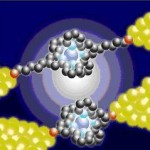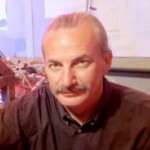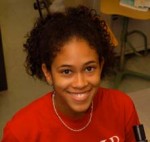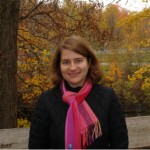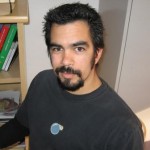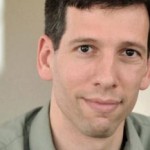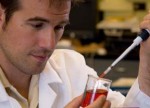Making Stuff Out of Atoms
Everything is made of atoms. So to make anything, you need to start off with atoms. Usually a lot of atoms. A whole lot of atoms. What is the smallest thing that you can see with just your eyes? Maybe a grain of salt. Well ... Read More...

